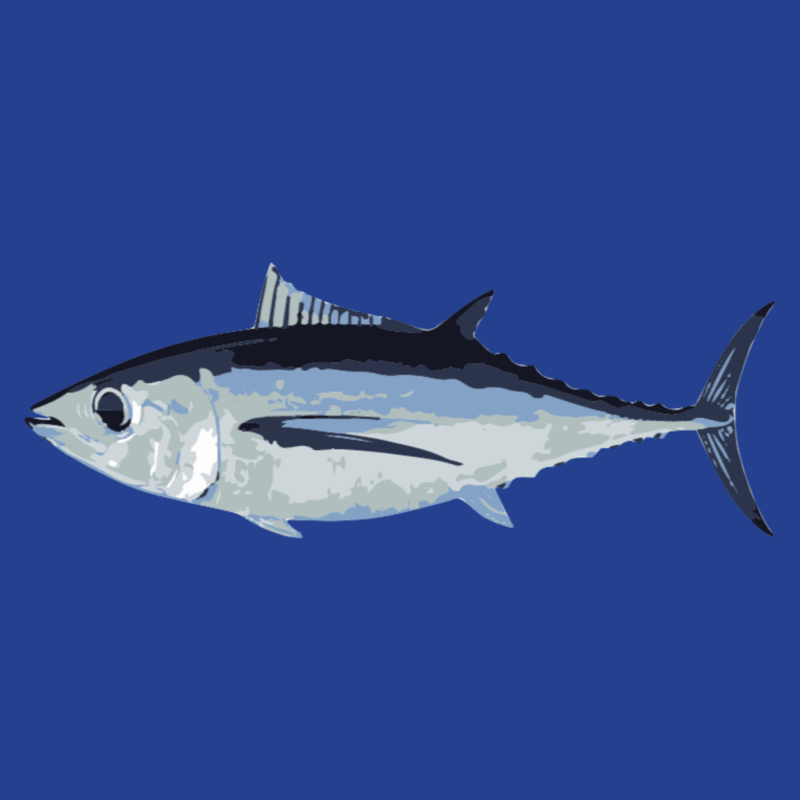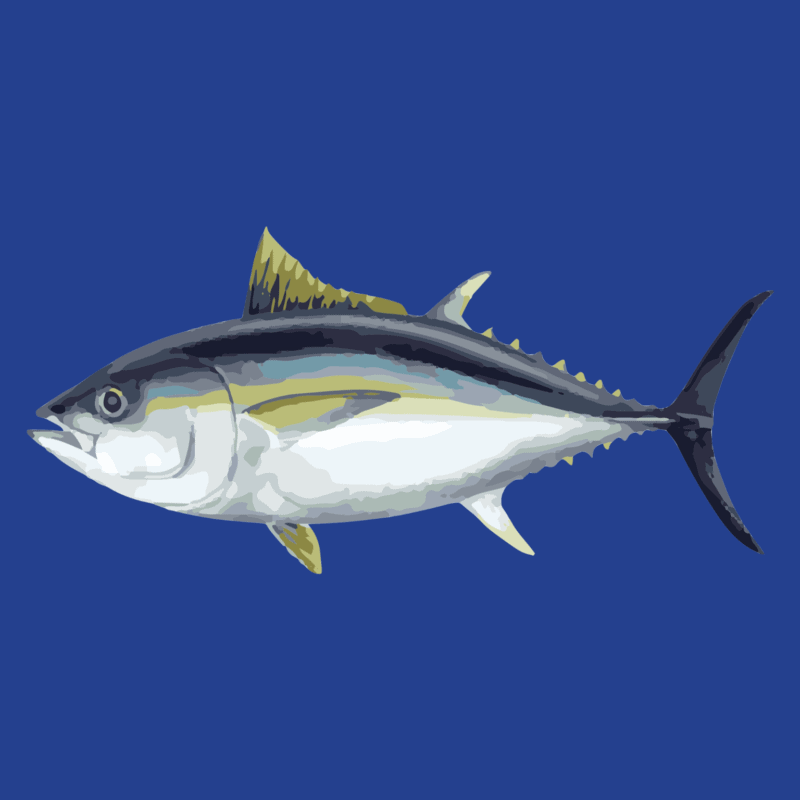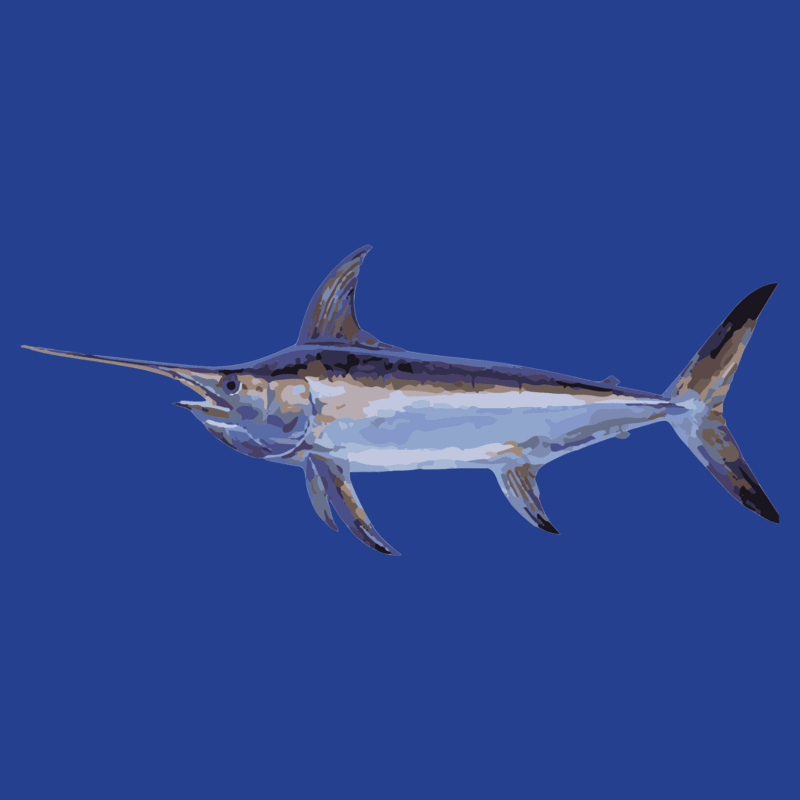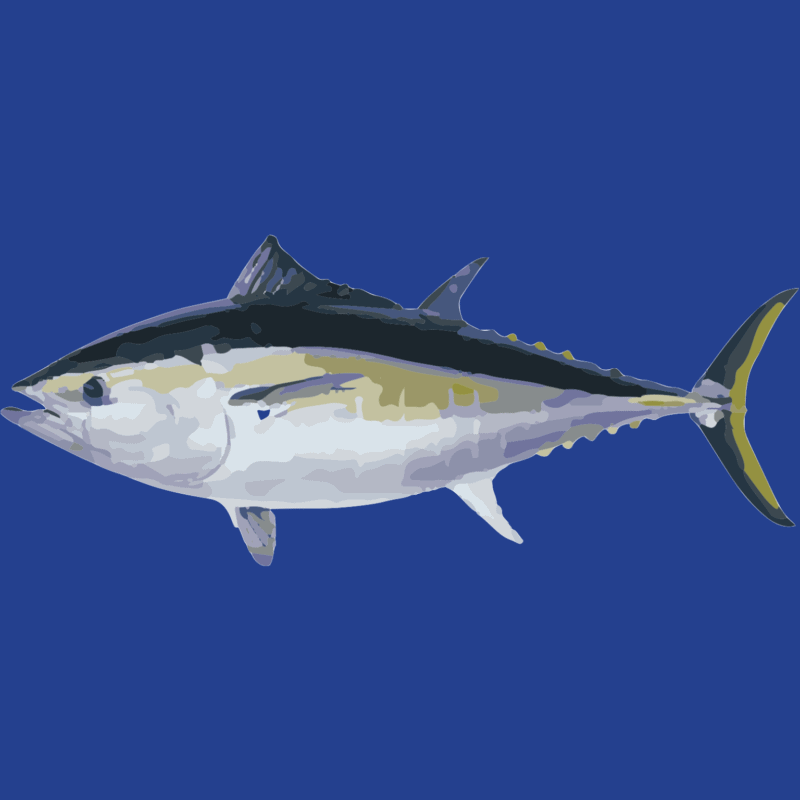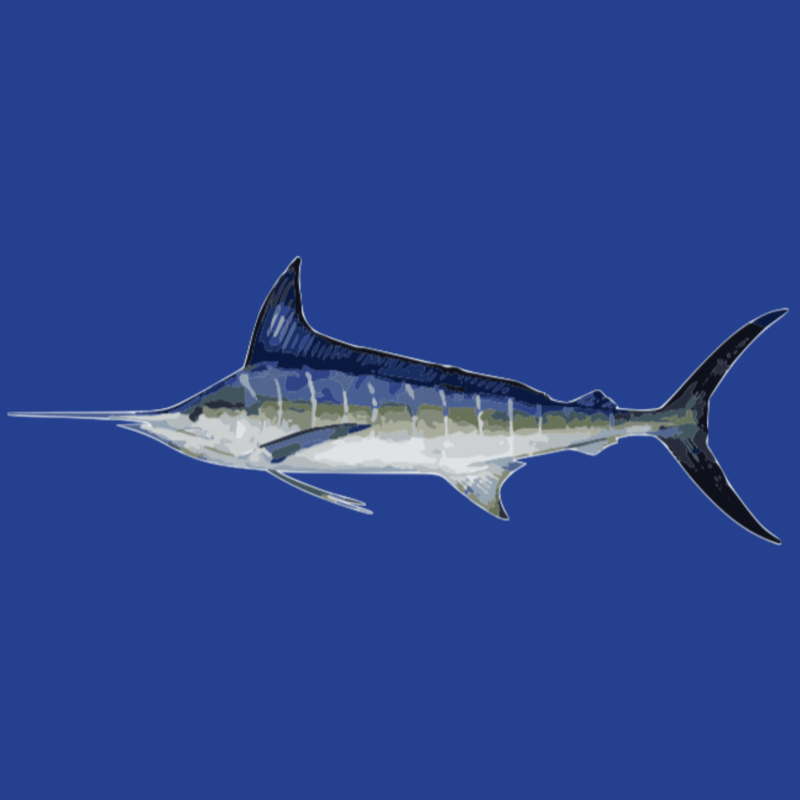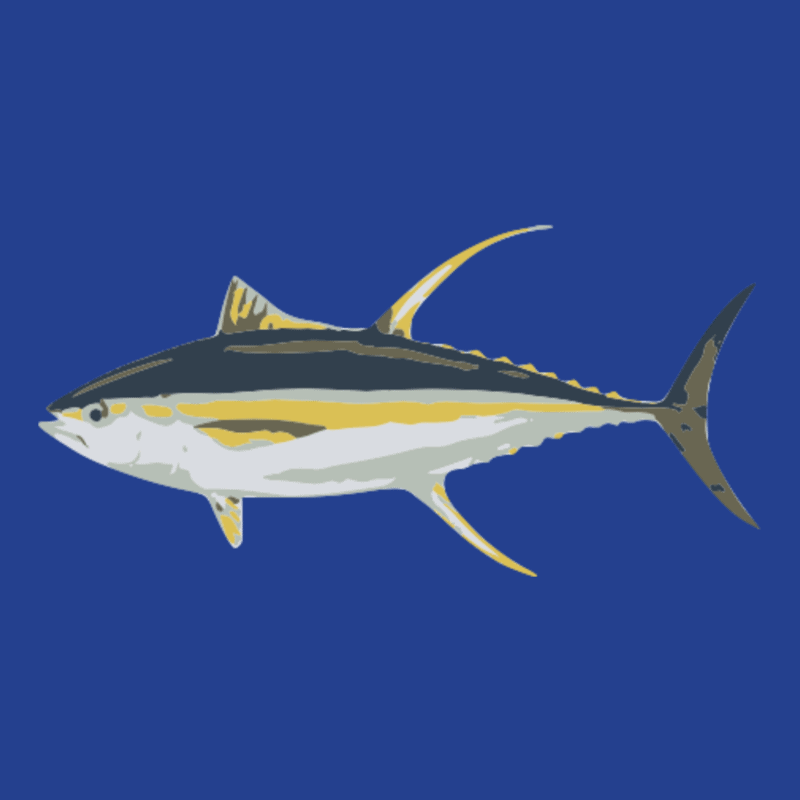Fish species
Our members target six key fish species, using responsible practices to maintain healthy fish stocks and ensure fish is available for generations to come.
Albacore tuna have torpedo-shaped bodies with dark metallic blue backs, and silver on the sides and belly. They have very long pectoral fins and a crescent-shaped, deeply forked tail.
Read MoreBigeye tuna have torpedo-shaped bodies with dark metallic blue backs, and whitish lower sides and belly. The dorsal and anal fins are yellow. Bigeye tuna have a relatively large eye compared with that of other tunas.
Read MoreAdult Broadbill swordfish lack scales, teeth and pelvic fins. Broadbill swordfish have a long bill that they use to stun or kill prey. The colour of the flesh can range from white to orange to pink depending on the diet of the fish.
Read MoreSouthern bluefin tuna are found all around Australia. They are most commonly caught during the summer months for the ranching sector, and are caught by longline off our eastern coastline during winter.
Read MoreStriped marlin have elongated bodies with a long thin pointed bill. They have dark blue or black backs, with 12 to 16 blue vertical bars on the lower sides. When the fish is excited, the colour of these bars rapidly changes from blue to lavender.
Read MoreYellowfin tuna is the most valuable species caught in the Eastern Tuna and Billfish Fishery, accounting for nearly half of the gross value of production. They have torpedo-shaped bodies with dark metallic blue backs, yellow sides, and a silver belly.
Read More